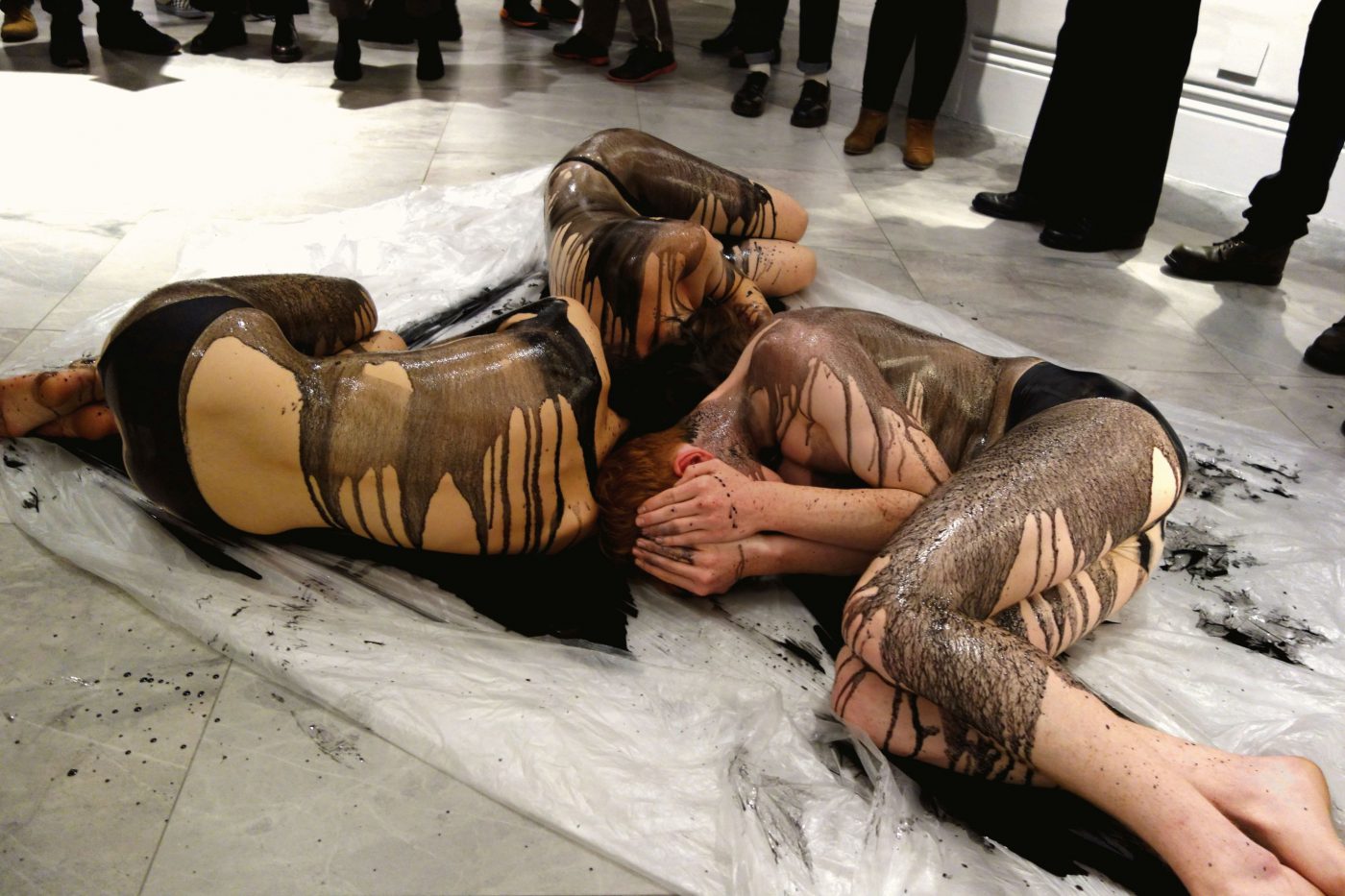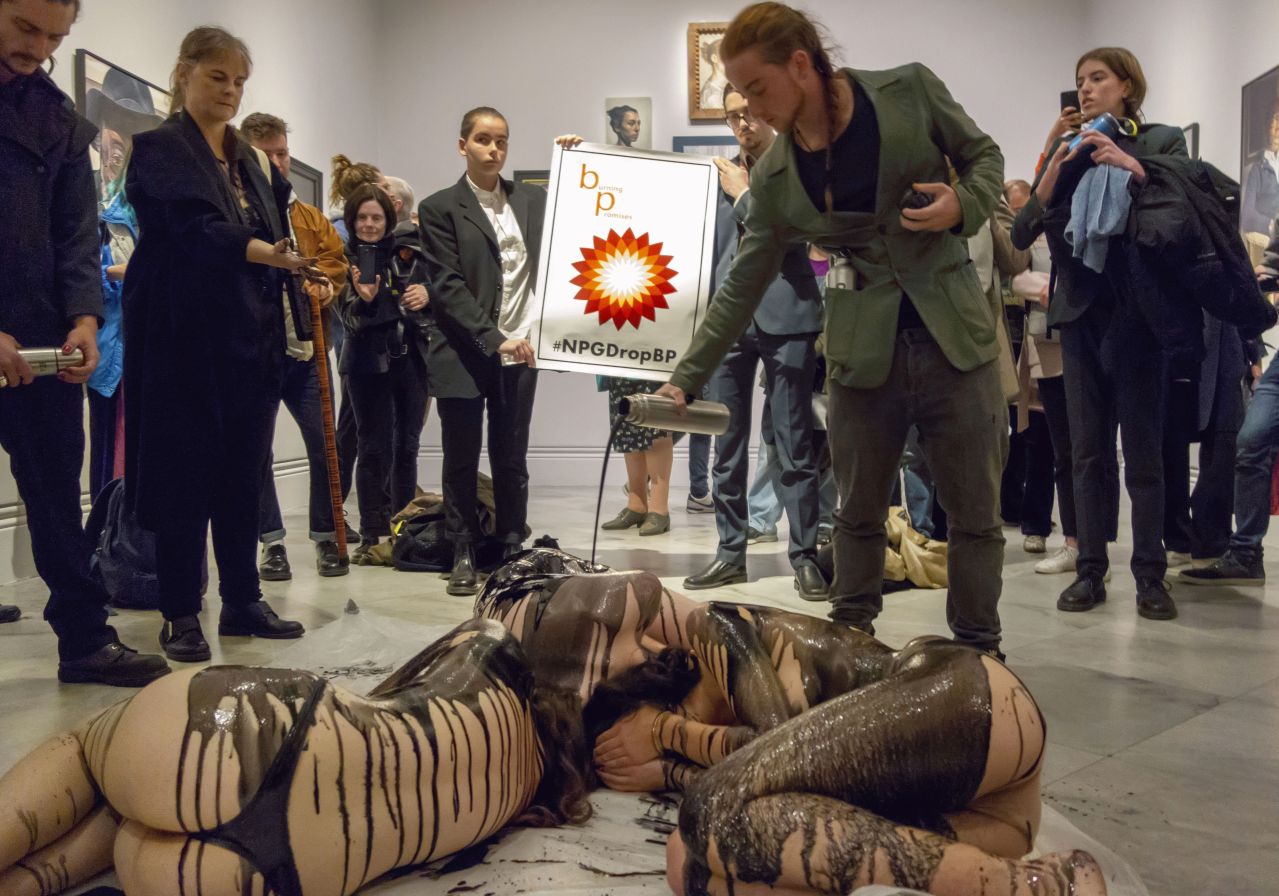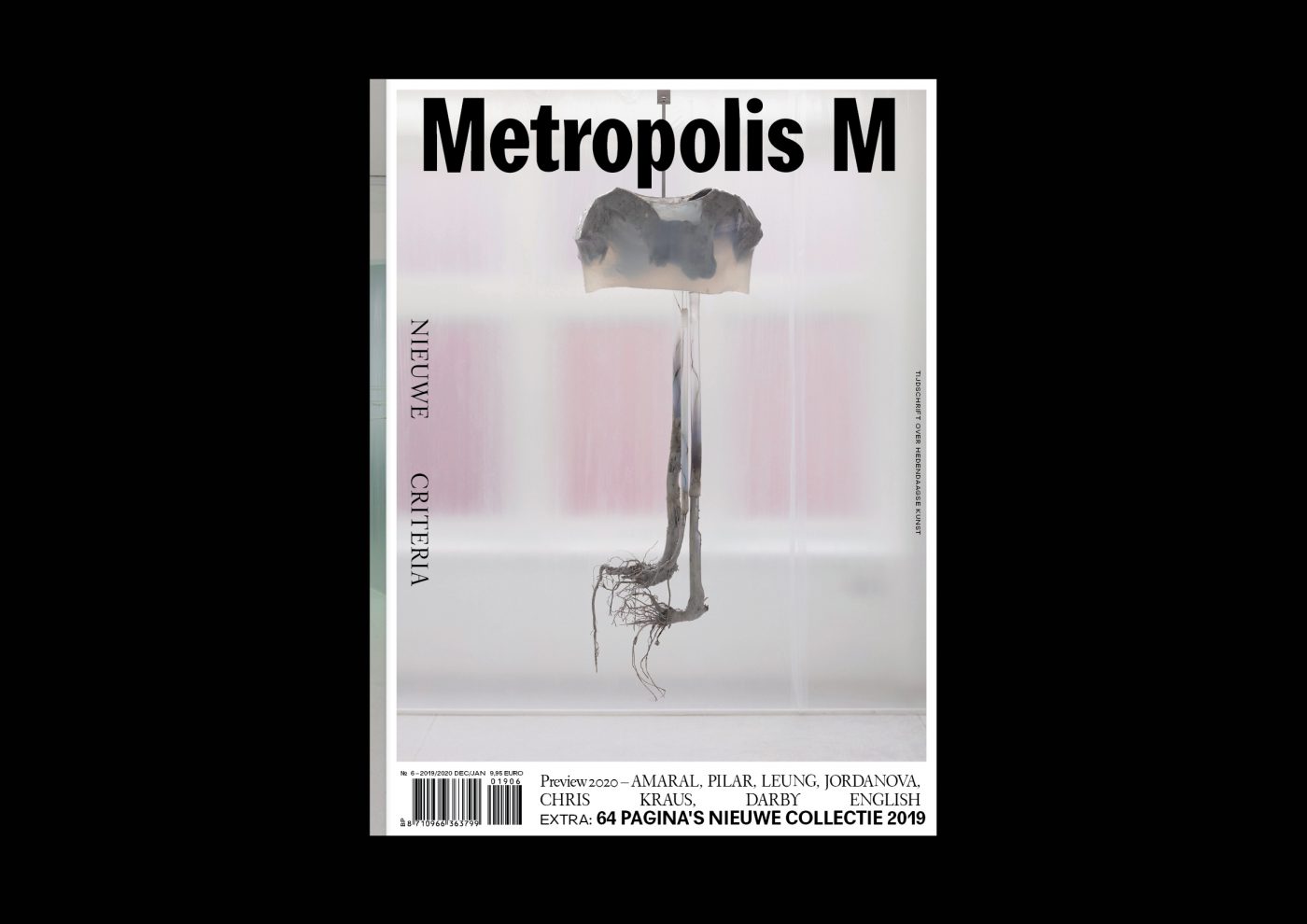
For a Criticism of Emergence
What is the role of art criticism in a world heading for its catastrophe.
If economics is the dismal science, contemporary visual art may well be called the toxic art – toxic as in ‘toxic assets’. After all, it would be foolish to deny that Contemporary Art™ is above all an asset class for the plutocracy (or artigarcy). There is no conceivable aesthetic, intellectual, ethical or ‘pataphysical justification for most of what is produced under that brand name: spectral echoes of modernism, neo-postmodern arty ironies (half-burnt candles in the shape of Barnett Newman sculptures, anyone?), posthumanist postinternet kitsch, objectified alt-right memes hawked by once-respectable galleries… The list is endless. In the Netherlands, for instance, certain public art spaces barely seem to constitute an alternative anymore, having become clearinghouses for gallery-oriented ‘more of the same’. This is not to deny, of course, that good art sometimes gets shown in such spaces, but the question would be if and how different ways of doing art, different forms of aesthetic practice, can be made sustainable.
Sometimes institutions appear to troll the media in a grab for attention, with museum directors using alt-right memes (excess of women and gay men in museums; Hitler as genius) in hocking their exhibition of Nazi design. Other debates are started ‘from below’, on social media and in self-organized groups that usually take a social and political flashpoint as their point of departure: race, gender, or museums’ entanglements with Big Oil, Big Pharma or Big Guns. Many of these are valid and urgent contestations, though they often appear to follow similar scripts, similar arcs of outrage. Furthermore, they can feed into a ‘callout culture’ that breeds conformism rather than critical thought and open engagement. Such critical debates often do not involve professional critics, though the latter sometimes report on them. ‘Official’ art criticism often appears stuck in nineteenth-century formats (the review, the catalog essay).
In the 1960s and 1970s art criticism became the province of academically trained critics: art historians. In the process, criticism became notably less subjective, less impressionistic, as critics became more likely to invoke historical genealogies and judge a work according to whether it marked a successful and logical ‘next step’ in art history. In this, the new breed of art historically trained critics may at times have been as problematically teleological as their modernist forebears. Nonetheless, while it is always a mistake to believe one has an advance copy of the script of history, it would be equally foolish to restrict the critic’s remit to the past and the present. ‘History’ is not synonymous with ‘the past’. Futurity is an integral part of historicity.
This means that art criticism deals with older and brand-new artworks that can be encountered in the flesh, but it also deals with possibilities, with potentialities and their possible or (for the moment) blocked actualization. Furthermore, criticism deals with existing artworks as being themselves only partly realized potentialities. Insightful criticism is attentive to the contradictions and indeed the failures at the heart of even the most successful artwork. As Howard Caygill once put it: ‘The critic must find the moments of externality within the work – those moments where it exceeds itself, where it abuts on experience – and use them as the basis for discriminative judgment. Strategic critique moves between the work and its own externality, situating the work in the context of experience, and being in its turn situated by it.’1
Raymond Williams distinguished between residual, dominant and emergent social forms: ‘By “emergent” I mean, first, that new meanings and values, new practices, new relationships and kinds of relationship are continually being created. But it is exceptionally difficult to distinguish between those which are really elements of some new phase of the dominant culture […] and those which are substantially alternative or oppositional to it: emergent in the strict sense, rather than merely novel.’2 As a Marxist, Williams was thinking of the classic example of the rise of first the bourgeoisie and then the working class and the new cultural forms they generated, but more broadly he noted that in any given society, ‘there is always other social being and consciousness which is neglected and excluded: alternative perceptions of others, in immediate relationships; new perceptions and practices of the material world.’3 Some such perceptions have been bursting to the surface in recent years, which in turn strengthens a reactionary backlash and a re-emergence of fascist tropes and forms.
A rather different notion of emergence was developed mostly by biologists in the early twentieth century, revolving around the seemingly spontaneous emergence of complex order in for instance beehives or flocks of birds – the creation of complex patterns without a designer being involved. In the 1990s, this led to a Silicon Valley-affiliated ‘hype surrounding emergent behavior’, in which notions such as that of the hive mind and swarm intelligence were applied to networked human (or human-machinic) behavior.4 However, as Jussi Parikka has noted, ‘Being connected in networks or in swarms does not imply an emergence of political formation with common goals, and hence addressing swarms as democratic tools in an overly straightforward way should be avoided.’5 Are there ways of intervening actively in processes of emergence – in forming them? After all, for Williams, emergence ‘depends crucially on finding new forms or adaptations of form.’6
[blockquote]The criticism of emergence is about being attentive to what may make a difference, however infinitesimally small, in the unfolding catastrophe

The future may be unwritten, as per Joe Strummer, but today much seems eerily predetermined. To paraphrase T.J. Demos, in a situation of global emergency, the issue of emergence should indeed be foremost on the critical agenda.7 What we need is a criticism of emergent forms in art and in other forms of aesthetic practice (such as activism from Extinction Rebellion to Decolonize This Place). The criticism of emergence is neither about hyping the novel nor about always praising the new. Sometimes the emergent may be much worse than the dominant; conservatism with a small c is not to be dismissed out of hand. Furthermore, what used to be residual may re-emerge with a vengeance, as when the subaltern assert their political and cultural agency, and when precapitalist forms of common ownership are rediscovered and reactivated.
The forms that this criticism will take are hard to discern at present, between old genres and new platforms. In its subject matter and in its own tactical choices, the criticism of emergence is about being attentive to what may make a difference, however infinitesimally small, in the unfolding catastrophe.
DIT ARTIKEL IS GEPUBLICEERD IN METROPOLIS M Nr 6-2019 NIEUWE CRITERIA. STEUN METROPOLIS M. NEEM EEN ABONNEMENT. ALS JE NU EEN JAARABONNEMENT AFSLUIT STUREN WE JE HET LAATSTE NUMMER GRATIS OP. MAIL JE NAAM EN ADRES NAAR [email protected]

VOLG METROPOLIS M OP INSTAGRAM: metropolism_mag
1 Howard Caygill, Walter Benjamin: The Colour of Experience, London: Routledge, 1998, pp. 62-63
2 Raymond Williams, Marxism and Literature, Oxford/New York: Oxford University Press, 1977, p. 123
3 Williams, p. 126
4 Jussi Parikka, Insect Media: An Archaeology of Animals and Technology, Minneapolis/London: University of Minnesota Press, 2010, p. 51
5 Parikka, p. 56
6 Williams, p. 126
7 T.J. Demos, ‘The Politics and Aesthetics of Climate Emergency’, lecture at the Rijksakademie, Amsterdam, September 19, 2018
Sven Lütticken
lecturer art history at the Vrije Universiteit Amsterdam. Website: http://svenlutticken.org


